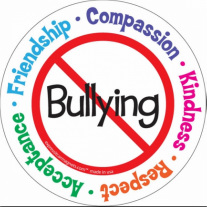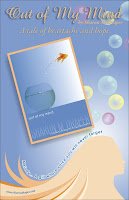What is assistive technology?
Many students are faced with barriers to learning due to some sort of disability. Those disabilities may be physical, sensory, or cognitive. According to South Carolina Assistive Technology Program, assistive technology is any tool that helps students with disabilities do things more quickly, easily, or independent. When teachers properly integrate assistive technology, students are then provided with a variety of helpful tools that can aide them in their learning.
The iPad itself is an assistive technology tool, but there are many apps that have been created to aide all types of students in their learning. The virtual speech center features a variety of apps that contribute to students success in and outside of the classroom.
One app that I found interesting is the Multiple Meanings Library. This particular app was created by a certified speech and language pathologist. The app was created for students between the ages of 5 and 15 who struggle with oral and written comprehension of words that have multiple meanings. The site says that, "having knowledge of multiple meanings is critical for both oral and written communication and a successful education."
This app may be used for students who face any of the following difficulties:
Receptive/expressive language disorders
Word finding problems
Learning Disorders
Autism
The app features five types of activities that allow students to practice multiple meaning:
Auditory Bombardment
Definitions
Picture Identification
Fill-in
Abilipad is an effective technology tool that aides students in their writing. It features a customizable keyboard and an adaptive notepad that has word prediction and a text to speech feature.
Some features of Abilipad:
The keyboard editor enables one to quickly and easily create customized keyboard layouts.
The student can assign each key any word, letter, sentence, or picture
Students are able to merge cells together in order to create larger keys
Creates audio recordings

















